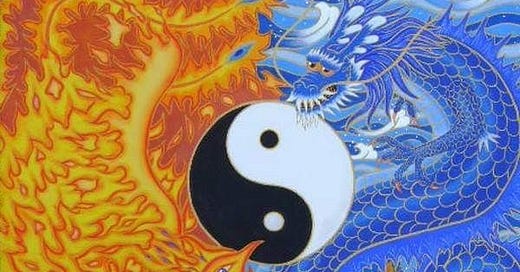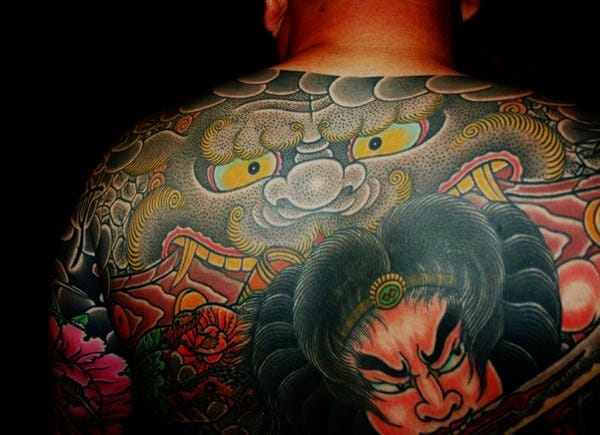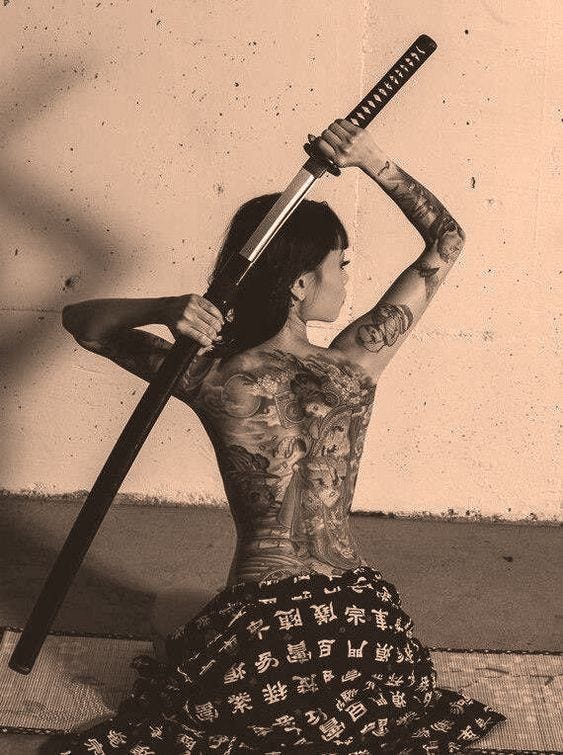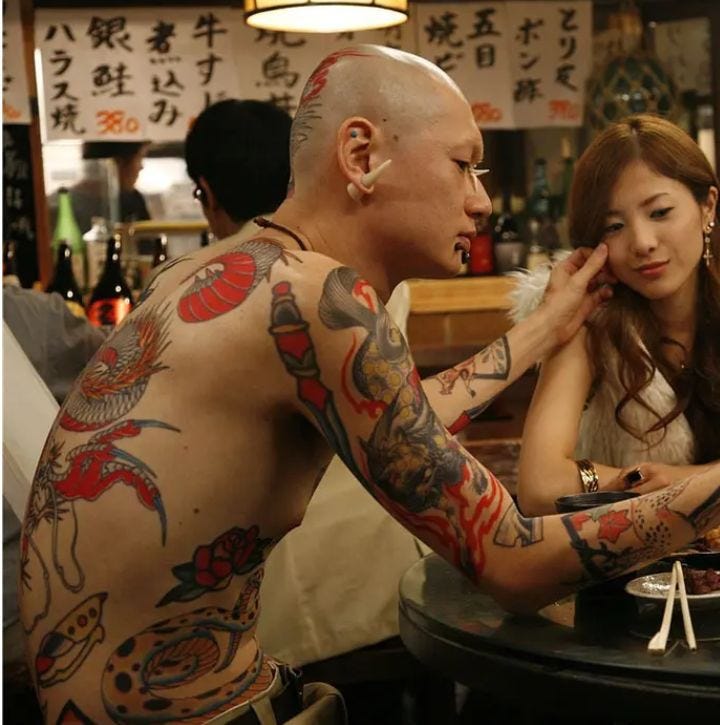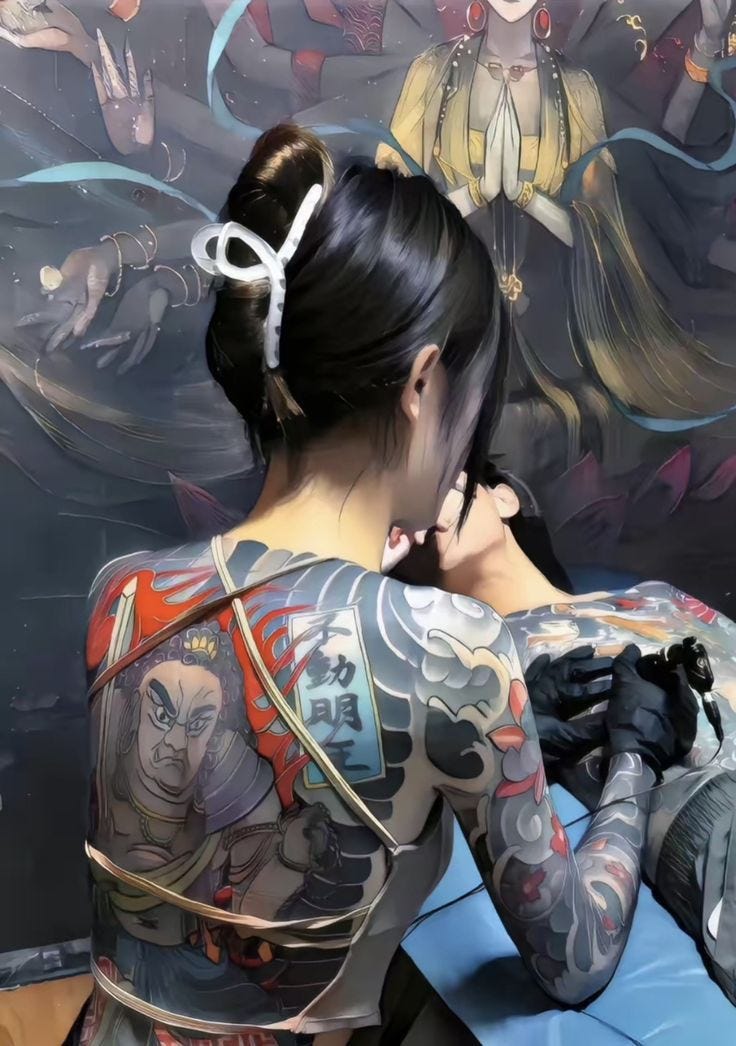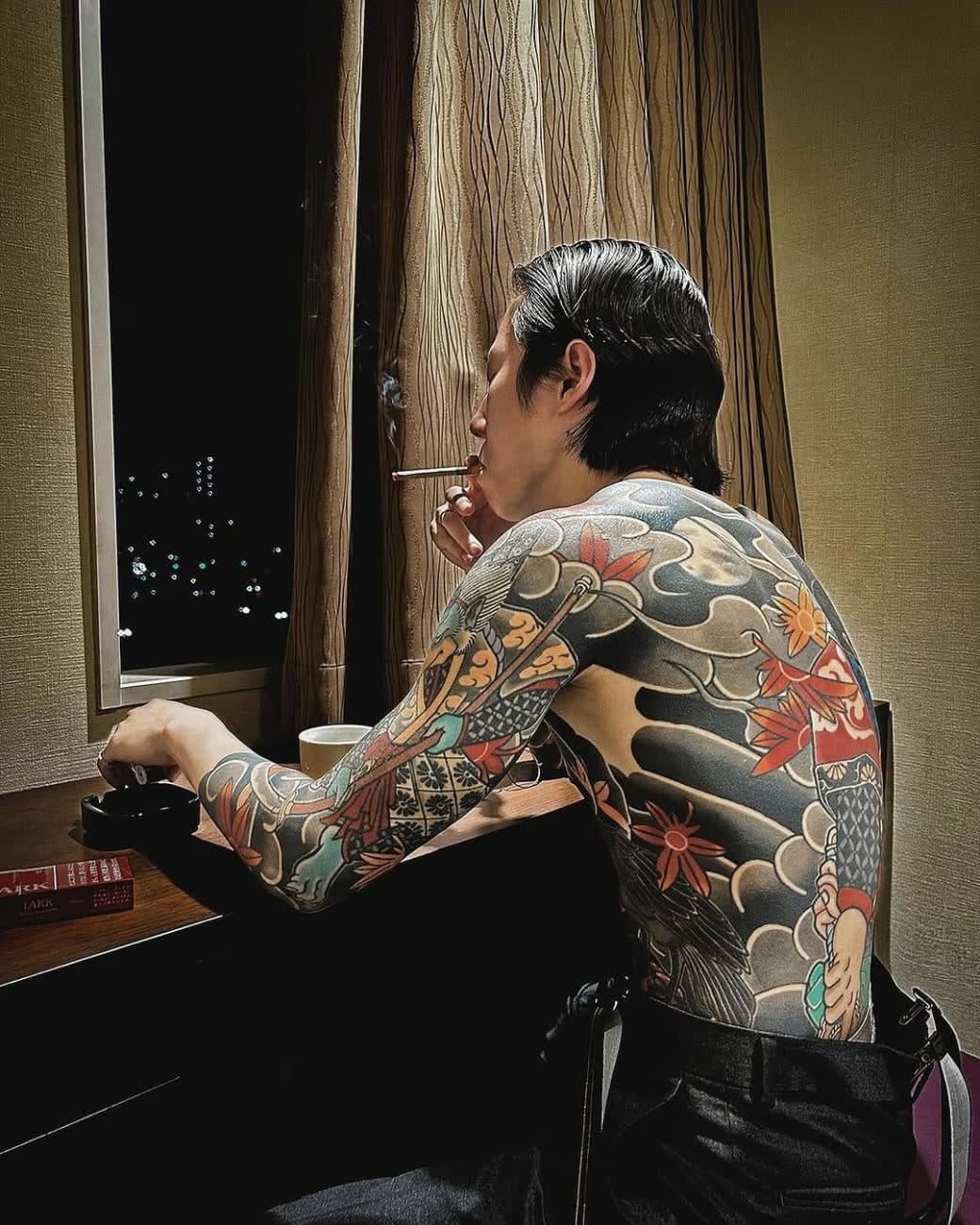Yakuza, the tattooed demons of modern Japan
The yakuza, the members of Japanese criminal organizations ruled by tight and traditional honor codes, already live in infamy in our imaginations. The on-screen depiction of these mafioso types as horimono-wearing criminals heavily informed this image as early as the 1960s. And this might be the most striking image our minds could conjure when thinking about someone sporting a full-body Japanese tattoo.
The association between horimono and yakuza is definitely cyclical, as the association with criminality stigmatized the art, and now the art marks the criminal. Intrinsically, the act of receiving a tattoo as a yakuza is a determination of voluntary exclusion from society, not as an act of rebellion but one of belonging to another social construct altogether.
The 1980s and 1990s saw the activity of these criminal organizations ramping up. The anti-gang law of 1992 did much to reduce the number of yakuza members in the meantime and also encouraged actions to ban yakuza access to many businesses, like onsen hot springs, hotels, and even bars, but also to everyday operations like opening a bank account.
Targeting tattooed people avoided a direct association and confrontation with the yakuza. However, to some extent, a tattooed person is generally perceived as “other”, and these bannings are kept to avoid disturbing the other guests, even if it’s obvious the tattooed person isn’t part of a criminal organization. These bannings are still common in the country and constitute a barrier to a normal life.
Despite all of this, many of the Japanese—yakuza or not—are still passionate about horimono, pushing forward Suikoden's rebellious spirit and preserving this art's spiritual and cultural heritage.
Horimono in the United States
The growing popularity of Japanese culture and the rebellious aura of tattoos contributed to the popularity of the horimono since the end of the last century. Horimono is alive and healthy overseas, especially in the United States. American tattoo artists have been learning horimono’s themes and techniques for decades already. And like before, Japanese tattooists have been stretching their wings and moving to America to teach and learn more.
The most iconic horimono tattooists in America in recent years are probably the duo Horimoto and Taki, resident artists at State of Grace in San Jose, California.
Horimoto (Kazuaki Kitamura) was born and raised in Japan and fell in love with Western-style tattoos, learning the craft from a Japanese artist who had set up a shop in Nagoya after returning from Brazil. Since then, Horimoto has worked at several shops in Japan and traveled worldwide, improving his know-how and technique in Western-style tattoo art.
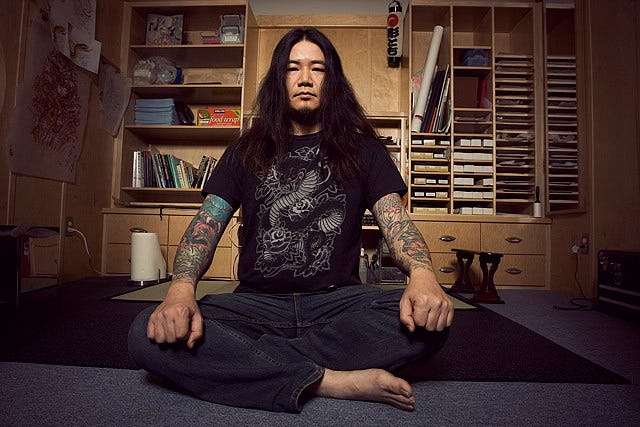
Only nearly ten years after his career started, Horimoto decided to learn traditional Japanese tattoo art. Some years later, he moved to the United States to work at State of Grace and to escape what he described as a suffocating environment to live as a tattooist, probably due to the stigma: in fact, his own mother broke into tears when he first announced his intention to be a tattoo artist.
At the time, Horimoto wasn’t a pioneer of the art in America but contributed to a more culturally aware tradition, as most artists reproduced aesthetic themes without cultural and spiritual knowledge. Among his most famous works are the iconic tattoos of the Yakuza game series and the Monmon Cats, a collection of Ukiyoe style cats.
Taki (Takahiro Kitamura) was born in Japan but moved to the US when he was two. At home, he kept learning more about Japanese culture, encouraging his inclination for traditional Japanese tattoos from a young age (although his parents, like many from their generation, opposed tattoos).
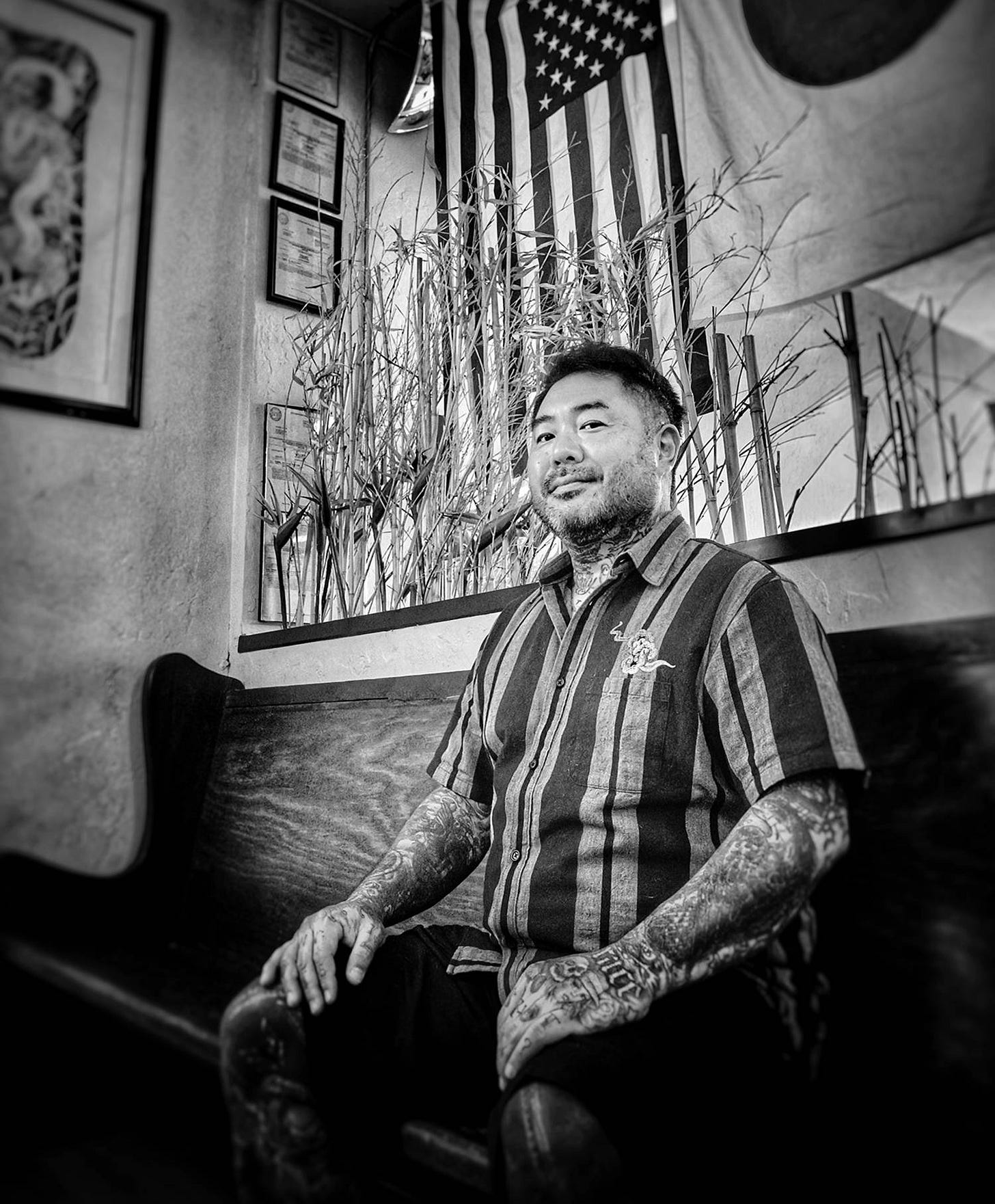
He didn’t pursue this passion professionally right away, graduating and working in another field until he got an opportunity to be an apprentice. He got that opportunity when he traveled to Japan to get his back tattooed by Horiyoshi III, leading to a ten year apprenticeship under the Japanese master. He is now a dedicated horimono artist in San Jose’s State of Grace studio, publishing various books on the art and collaborating in local community activities and projects.
Both artists collaborate in expositions and events dedicated to horimono to divulge the art in its fullest.
Horimono’s history has been intertwined with America’s tattoo art history for over a century and will likely continue to be, in an enriching relationship that never worked to erode the traditional lines of the Japanese troubled yet extraordinary art.
🌺🍵 Special thanks to Catarina Periera who's been a stellar collaborator and a superb Ghostwriter. I'm very proud of the contributions she's made here and I admire the work ethic and grit that she demonstrated during the writing of this Mini-series.
✒️🐉 If you’re looking for exclusive content unpublished here on Substack, be sure to subscribe to my blog on Medium. It’s packed with a variety of pieces from reviews, social commentary, Poetry, health and Wellness, Nutrition , to Fiction Serials. Join the community and stay in the loop—consider subscribing. 🙂⬇️
https://medium.com/dominium-tenebrarum-the-underworld/twisted-knight-inferno-vol-1-255718231c65

